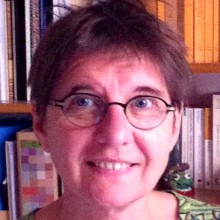
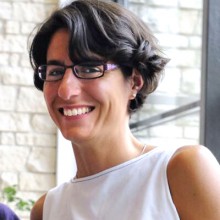
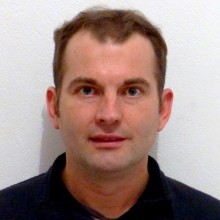
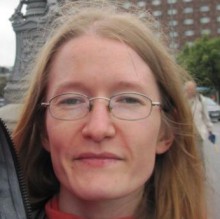
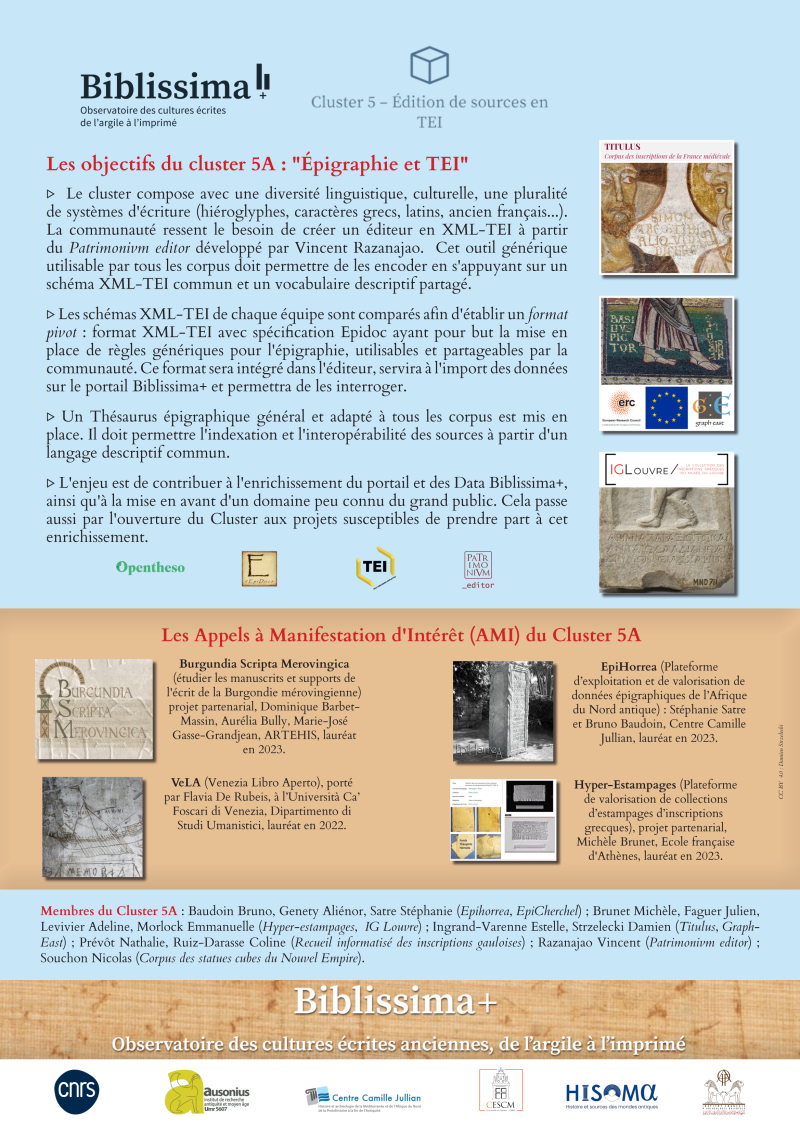
Poster présenté lors des journées annuelles Biblissima+ le 28 mai 2024 à l'Humathèque Condorcet (Campus Condorcet, Aubervilliers).
Strzelecki, D. (2024). Cluster 5A Poster journées Biblissima+ 2024
Disponible sur Zenodo : https://doi.org/10.5281/zenodo.11470855
Licence : Creative Commons Attribution 4.0
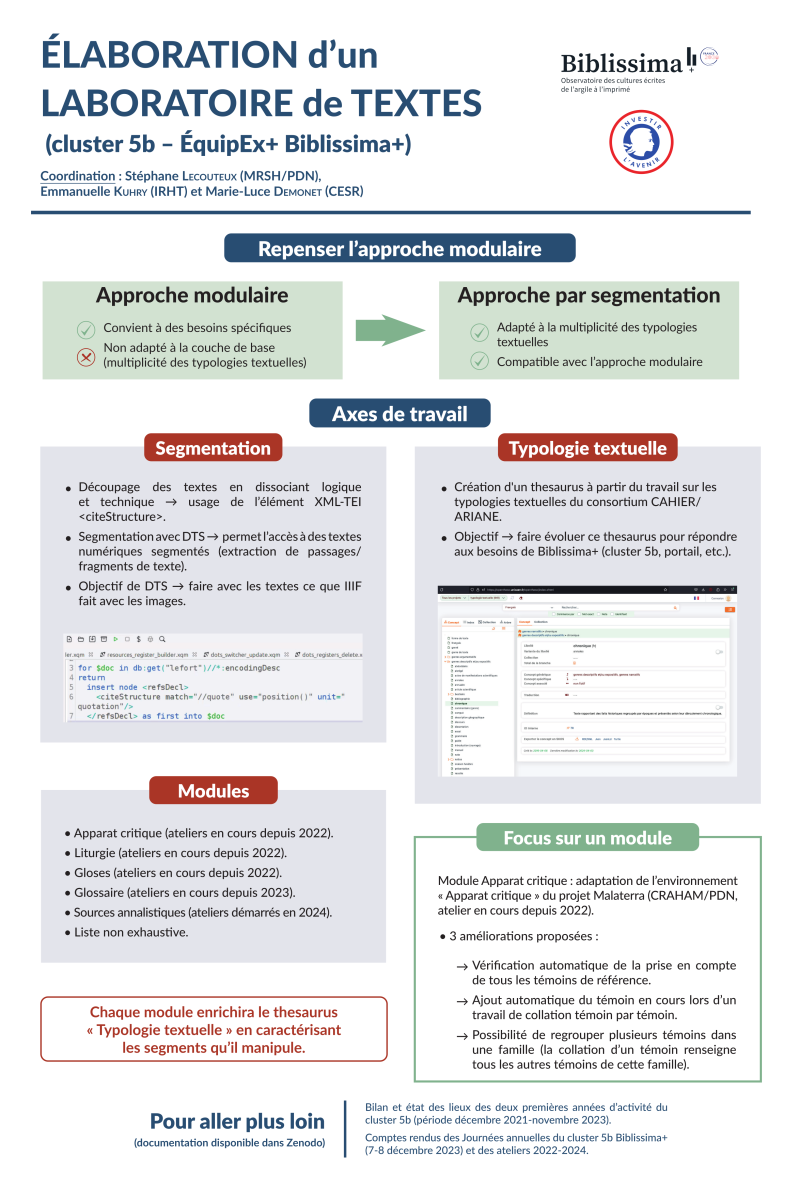
Poster présenté lors des journées annuelles Biblissima+ le 28 mai 2024 à l'Humathèque Condorcet (Campus Condorcet, Aubervilliers).
Lecouteux, S. (2024). Poster Cluster 5b Biblissima+ : "Élaboration d'un laboratoire de textes".
Disponible sur Zenodo : https://doi.org/10.5281/zenodo.11275206
Licence : Creative Commons Attribution 4.0
The Biblissima+ partners involved in TEI publishing projects are willing to share their experience in order to cover the diversity of TEI applications and create scalable environments. The cluster includes two communities, specialised in the editing of epigraphic documents (cluster 5a) and textual documents (cluster 5b).
Cluster 5a: TEI and epigraphy, from Antiquity to the modern era
Coordinators: Michèle Brunet (HiSoMA) with Estelle Ingrand-Varenne (CESCM).
The cluster will develop a hub of epigraphic editions in TEI covering the long term with the tools of the EpiDoc international consortium (Epigraphic Documents in TEI XML).
The methodology is already at work for the production of different digital corpora of inscriptions (HiSoMA): Greek Inscriptions of the Louvre (IGLouvre), Greek and Latin Inscriptions of Syria (IGLS), Epigraphy of Southeast Asia (Early Inscriptions of Āndhradeśa).
The ALGreM project (EHESS) plans to publish a Greek document for each century from the 5th century BC to the beginning of printing, developing an encoding scheme in line with the proposals of the EpiDoc consortium, relying primarily on open data of the Perseus project and its Canonical Text Services (CTS) protocol.
The European project EAGLE (Electronic Archive of Greek and Latin Epigraphy) (AOROC, in association with the AIEGL association) is pursuing the development of an international platform of electronic, georeferenced and shared epigraphic archives.
The online geographic information system Chronocarto is an open system providing free access to interoperable archaeological and epigraphic data, allowing their mapping at small, medium and large scales. The database will be enriched by data acquisition campaigns (archival photographs, which include many unpublished items, and field data from the archaeological missions of AOROC and its partners).
The TITULUS programme (CESCM) will be enriched with corpora in connection with the ERC GRAPH-EAST project for the medieval period and the inter-MSH IGAMA project for late antique and alto-medieval inscriptions. The research will also focus on the creation of a virtual library allowing the consultation of all documentary resources of the CESCM "inscripthèque".
The CJM will explore the field of modern Latin epigraphy with a citizen science project, thanks to the development of a website and an entry form.
The work of cluster 5a will build upon the work of cluster 3 on automatic image analysis.
Cluster 5b: Editing sources in TEI
Coordinators: Stéphane Lecouteux (MRSH) with Emmanuelle Kuhry (IRHT) and Marie-Luce Demonet (CESR, BVH).
1/ Textual typologies of the Middle Ages and the Renaissance
The Biblissima+ partners deal with extremely diverse textual typologies. A particular effort of sharing of encoding schemes will be undertaken in conjunction with project leaders in order to finalise the encoding tools (mark-up environments) and to configure the web publication tool for glossed texts (potentially based on MaX or teiPublisher).
2/ A source editing and annotation laboratory
Following the work carried out by Biblissima for the online and open access edition or annotation of textual corpora (e.g. Thecae), the "Pôle du document numérique" (PDN) proposes to design with the partners a laboratory which will not be a publication platform, but rather a workspace of experimentation for research by research.
The environment in XML-TEI :
- will offer a collective and collaborative workbench, both technical and scientific, for scholarly editors and annotators of texts;
- will allow to visualise and consult sources in various ways in an online portal ; to modify and gradually enrich the work being produced (work in progress).
The work of the cluster aims to :
- share XML-TEI scheme(s) for similar scholarly editing projects. Ideally, this will lead to a single common scheme that can be modulated.
- build user-friendly XML-TEI encoding tools with their documentation.
- develop an online portal based on the MaX display engine, developed within the framework of Biblissima, and allowing :
- to access the research corpora in different ways;
- to build common query and navigation tools: data visualization, consultation of parallel streams; graphs; multi-stream of notes; complex search engines, etc.
The laboratory will work in close collaboration with cluster 1 (IIIF) and cluster 7 (DTS text sharing protocol).
3/ Training in TEI digital publishing
The hub in Lyon (CIHAM and HiSoMA) intends to produce and consolidate a set of training materials on new technologies (TEI and EpiDoc). The goal is to produce an online self-training course and to organise interactive video-conference sessions with corrected exercises.
Training courses in XML-TEI at beginner and advanced levels will be offered by other partners (CESR, CRAHAM, MRSH), in the form of seminars, summer schools and workshops.